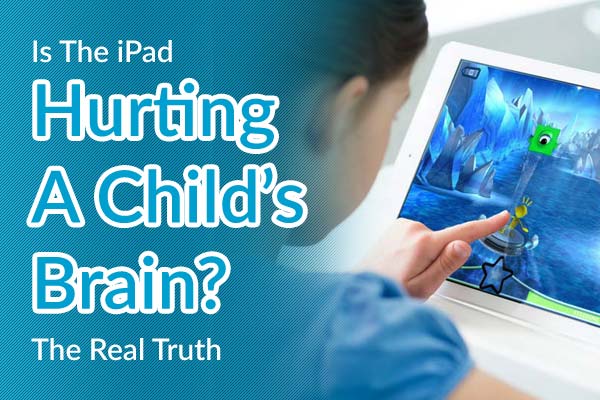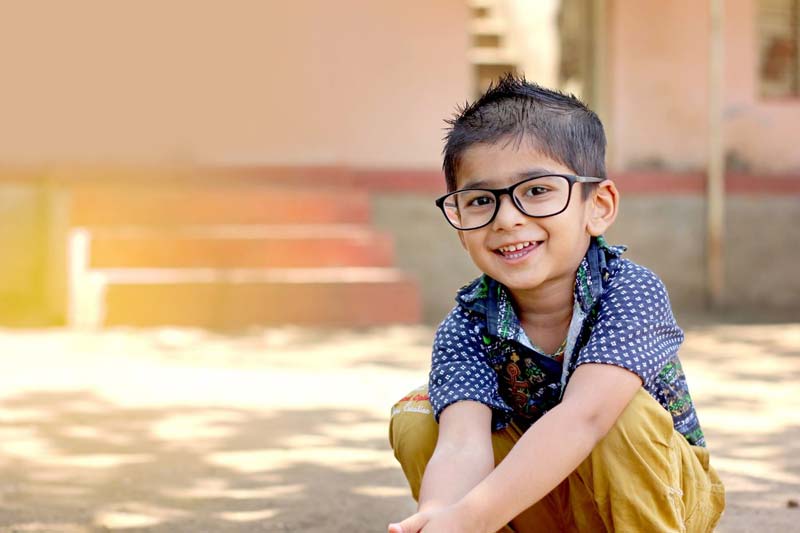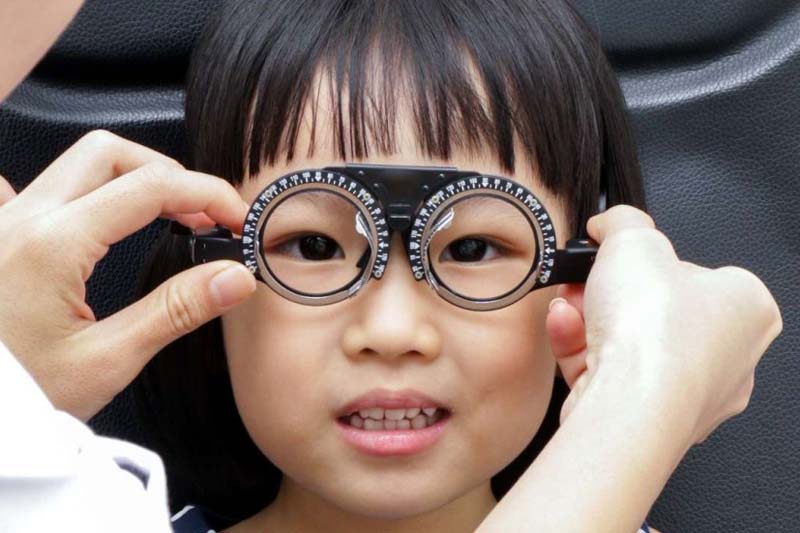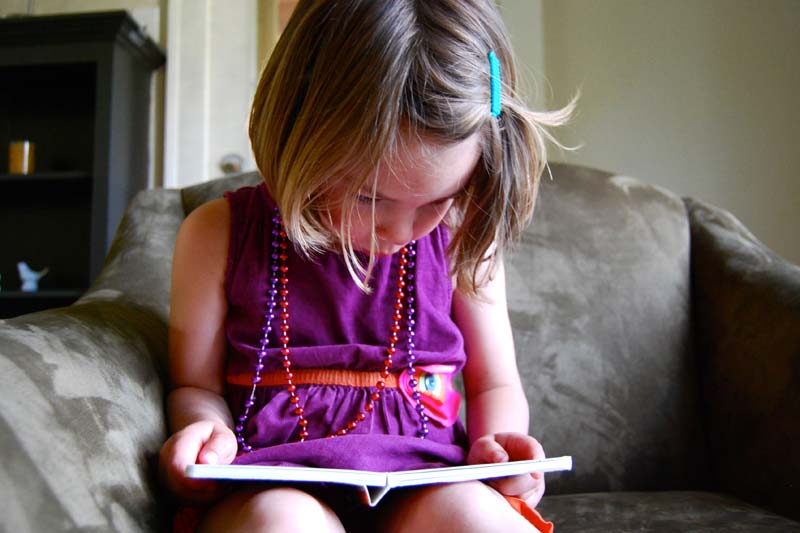8 Whys Your Toddler Blinking Hard (Complete List)
A toddler blinking hard or fast and excessively is one of the common complaints in the clinic.
These forceful blinks are a major concern for most parents as these blinks can really get to you.
So what exactly is causing your toddler to blink a lot?

These persistent blinks can really get to you.
Why does a toddler blink a lot?
There are a lot of reasons as to why a toddler blinks fast and hard:
- Allergies or infection of the eyes/eyelids
- Anxiety or fear
- Bored
- Dry and strained eyes
- Eyelashes growing inwards
- Medical conditions
- Muscle spasms called tics
- Short-sightedness
It can either be caused by something very trivial or something more serious.
If you look at the list, you can easily (most of the time) identify the cause.
Do note, the medical conditions involved are rare.
Let’s have a look at each of them.
1. Allergies or infection of the eyes/eyelids
Most of the time, the white part of the eyes will be affected.
Be it an allergy or an infection.
These are the signs:
- redness of the eyes (the white portion)
- teary
- the eyelids may be puffy and swollen
- lumps/bumps on the eyelids
- yellow eye discharge
- yellow crusts along the eyelids
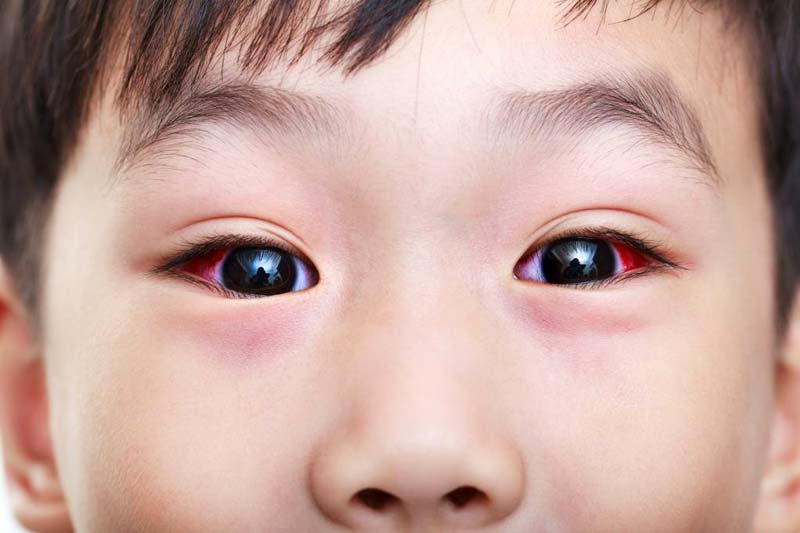
These red eyes are also called conjunctivitis.
What you can do:
If there is redness of the white part of the eye:
- Keep your child’s hands clean.
- Use normal saline eye drops to keep eyes clean.
- Antihistamines (eg. Zyrtec) can reduce itchiness and redness.
- Advisable to see a doctor if it worsens after 3 days.
- Commonly caused by viruses.
- Lasts 1 to 2 weeks.
- Resolves without any antibiotics.
If there is redness over the eyelid:
- Clean the lids with a sterile eye wipes to remove crusts.
- Warm compress the affected lid if you see a lump.
- Do not poke the lump.
- Keep your child’s hands clean.
- Antihistamines can reduce itchiness.
If it is a form of allergy:
- Avoid triggering factors (eg. pets, carpets, curtains, etc.).
- Antihistamines reduce itchiness and redness.
- Linked to a family history of asthma or sensitive noses.
2. Anxiety or fear
Take some time and talk to your kid.
Anxiety and hard blinking of eyes are associated with one another, psychologically.
It is possible that your child is going through some issues and it is manifesting as blinks.
What you can do:
- Encourage your child to share his/her anxiety of fears.
- Encourage him/her to face them instead of running away.
- Solve problems together.
- You have to learn to stay calm too.
- Reward good behaviour but not excessively.
- To focus on the positives.
- Do fun and relaxing activities.

How does your child feel most of the time?
3. Bored
Just imagine, something as trivial as boredom as cause a child to blink hard too.
However, that does not mean that you have to entertain your child all day long.
Boredom stimulates creativity in a child after all.
What you can do:
- Take a chill pill.
- Let your child be.
4. Dry and strained eyes
Child blinking a lot when watching TV or using smartphones?
If you let your child use these devices for prolonged hours, this is bound to happen.
You tend to blink less when you are using these devices.

Does this look very familiar in your household?
It is advisable to limit screen time to an hour a day for toddlers.
The uncomfortable eye effects come later, and hence the blinks to remove the irritation.
And it’s not just the eyes, but there are other unwanted side effects too.
What you can do:
- Set rules and limit usage.
- Remove the electronic device completely.
- Be an example and stop using yours excessively too.
- Play with your child.
- Do activities together.
- No devices in the bedroom.
- Eat together.
5. Eyelashes growing inwards
It could be due to eyelashes growing in the wrong direction, or caused by an abnormal eyelid.
The eyelashes will be irritating the eyes, causing discomfort.
The image below shows clearly the direction of the eyelashes (lower eyelid) are growing.
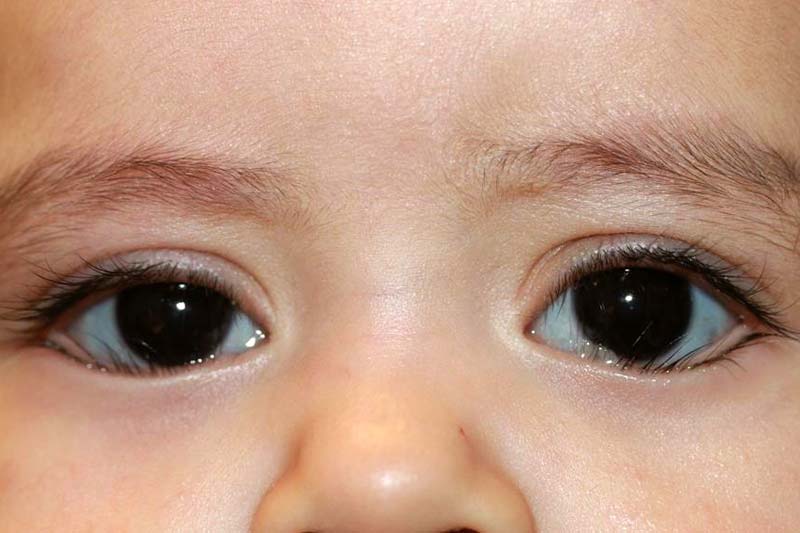
Notice the bottom eyelashes are pointing upwards.
What you can do:
- Get an eye doctor to have a look at your child’s eyes/eyelids.
- Do not attempt to cut/pluck the eyelashes.
6. Muscle spasms called tics
Tics are fast and repetitive muscle movements that result in sudden and jerky body motions.
Tics do not specifically refer to forced blinking only, but a group of other movements such as:
- coughing
- grunting
- the clicking of fingers
- head-banging
To rephrase, blinking hard does not mean your child has tics.
But if your child has tics, blinking hard may be part of it.
Get it? Not so difficult, right?
No one knows why exactly tics happen.
However, these tics are temporary and usually goes away when your child grows older.
Therefore, most forced blinking gets better over time.
What you can do:
- Observe and see if the forced blinking tic goes away.
- Seek medical advice if it persists for more than 1 year.

Other facial tics may be present.
7. Medical conditions
However, if these blinks drag on for more than a year, then it can be problematic.
Some of these conditions include Tourette’s syndrome and obsessive-compulsive disorder.
May possibly need to see a child psychologist or psychiatrist for further examination.
Watch the video below if you want to have a better understanding of Tourette’s syndrome.
Like I mentioned earlier, these blinks are generally not dangerous.
“Excessive blinking is very common in children younger than 6 years of age and is equally common among boys and girls.
The condition starts suddenly with a high-frequency blink. It lasts about six months and vanishes as quickly as it arrived.“
Above is an excerpt which was written by a paediatric eye specialist.
What you can do:
- Book an appointment to see a child psychologist or psychiatrist.
8. Short-sightedness
There is no harm getting the eyes checked for visual acuity, yes?
Kids are wearing spectacles at such a young age these days.
If you are wearing spectacles (or even your spouse) has short-sightedness, there is a chance that your child has it too.
What you can do:
- Allow natural sunlight into your home.
- Let your child play outdoors for at least an hour a day.
- Watch TV or use mobile devices not more than an hour a day.
- Take a break in between activities such as reading, drawing, etc.
- Encourage your child to eat:
- Green leafy vegetables such as spinach.
- Citrus fruits like oranges.
- Salmon or tuna.
- Proteins such as beans, nuts or eggs.
What to do if your toddler blinks hard?
If your 2-year old is blinking hard, it’s caused by emotional triggers most of the time.
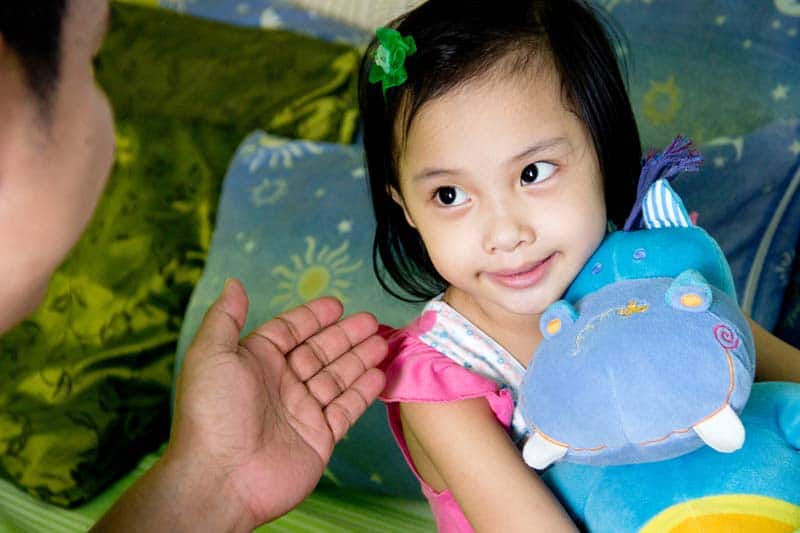
No one understands your child better than you.
These are what you can do for your child:
- Try to understand what made your child blinks hard.
- Is your child stressed out?
- Or is the confidence affected?
- Fear, maybe?
- Get your child to do happy things, like going to the playground or arts and crafts.
- Do not keep nagging your child. Say it once, and reinforce it later.
- Encourage your child to do things that he is good at and praise when necessary.
- Ensure that your child sleeps adequately.
- Avoid watching TV or using electronic devices for long hours without supervision.
Did you manage to find out what causes your child to blink so much?
What did you do for your child after that?
Share with us in the comments below.
References:
- Tics | NHS Choices
- Paediatric ophthalmology: Things that do not require referral | PubMed
- Excessive Blinking in Children | American Association for Pediatric Ophthalmology and Strabismus
- Dry Eye and Screen Use | WebMD
- 12 Tips to Reduce Your Child’s Stress and Anxiety | Psychology Today

